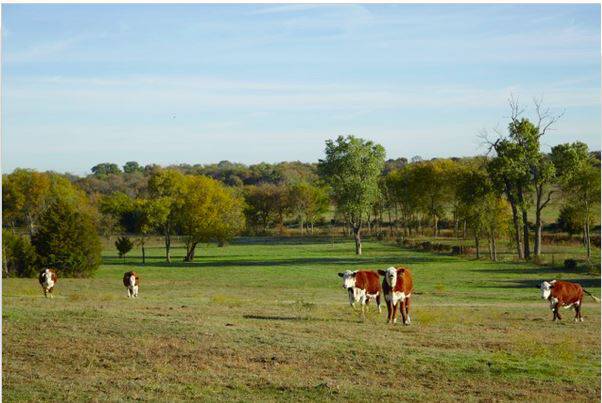When owning property, there’s a list of information, rules, regulations, and rights the landowner needs to know in order to make sure that their property meets their objectives, whether it be a recreational or commercial investment. And for some, when it comes to managing resources and receiving the best benefits available, use of a tool referred to as a ‘conservation easement’ is one path to take.
By putting a conservation easement in place, a landowner chooses what area(s) of their property they wish to limit when it comes to  development or various land uses. They can donate a conservation easement for a particular piece of property, yet also keep the rights to build a house, raise cattle and even grow crops on all other areas, if they choose to do so. And current use of the property can continue for the landowner, as long as the land protected under the conservation easement is maintained.
development or various land uses. They can donate a conservation easement for a particular piece of property, yet also keep the rights to build a house, raise cattle and even grow crops on all other areas, if they choose to do so. And current use of the property can continue for the landowner, as long as the land protected under the conservation easement is maintained.
When it comes to Texas, the landscape, as well as the utilization of that landscape, is incredibly diverse. Everything from recreational land (hunting, fishing, etc.); to land purchased for a working ranch, is available. And being that every landowner has different goals to reach, the conservation easement can help certain landowners do just that.
A conservation easement is a written agreement made between a landowner and what will be the “holder” of the conservation easement – with the “holder” being either a government entity or a conservation organization. This allows the landowner to retain legal title of the property, while also – by their own choice – encumbering certain areas or aspects in order to protect and conserve the open space, so that it can remain open and healthy for future generations to enjoy.
However, keeping nature intact is not the only benefit that a conservation easement can provide to the landowner. The landowner’s granting of the easement in the form of a donation brings them potential healthy tax benefits. In some limited cases, the rights being given up as part of the conservation easement being granted can even be “sold” and provide direct cash infusions to the landowner’s enterprise.
It is important to note that this tool is not for everyone and these easements are almost always perpetual and will restrict the rights of future generations. It is important for an individual landowner to decide what is best in his or her circumstances.
With the Republic Ranches team’s experience and networks in all fields, it’s the landowner who prevails. As always, anyone considering a conservation easement to conserve their cherished land for the future should consult with their tax/legal professionals to understand the State and Federal laws applicable to conservation easements.
When appropriate the conservation easement is a tool that can provide yet another way for the Texas landowner and the natural world to benefit..